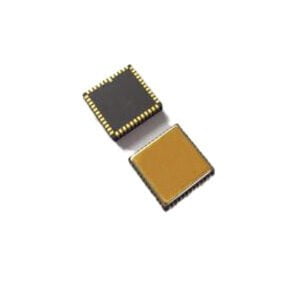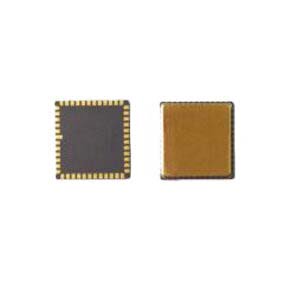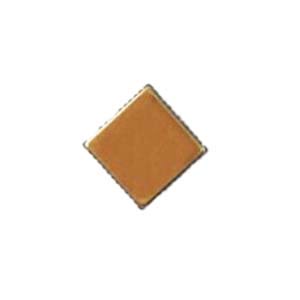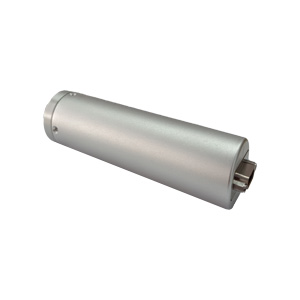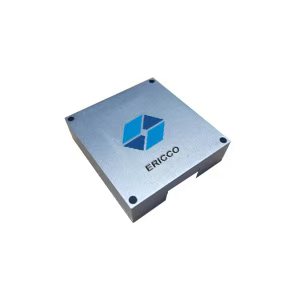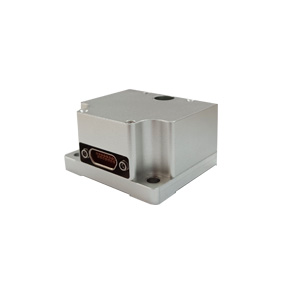In the field of directional drilling and logging, accurately grasping the attitude of the drill bit (inclination, azimuth, tool face angle) is the key to successfully controlling the wellbore trajectory. Traditional mechanical or fiber optic gyroscopes are limited by size, cost and seismic resistance, and are often unable to cope with the harsh working conditions of high temperature, high pressure and strong vibration downhole. The rise of MEMS (microelectromechanical system) gyroscopes is providing a revolutionary solution to this challenge and has become the core sensing element of modern drilling measurement and rotary steering systems.
Taking the ER-3MG-041 three-axis north-seeking MEMS gyroscope as an example, let's explore its working principle:
Integrated deployment: The gyroscope tool can be independently lowered into the well, or easily integrated into the bottom hole assembly containing mud motors, rotary steering and other equipment.
Micro-precision sensing: The core of the ER-3MG-041 is three high-precision MEMS gyro sensors, which usually work in conjunction with accelerometers. Its extremely compact design (only 27×26×34mm, weighing 40g) can be seamlessly embedded in MWD/LWD tools, logging instrument strings or RSS, avoiding downhole operation difficulties caused by excessive volume.
Core measurement: During drilling, the gyroscope continuously and in real time measures the angular velocity of the drill string assembly around three mutually perpendicular axes. Combined with accelerometer data, the system can solve the key well inclination, azimuth and tool face angle.
Independent north search and drift resistance:
Magnetic field immunity: The core advantage of ER-3MG-041 is its ability to independently find north. It directly calculates the true north direction by precisely measuring the angular velocity component of the earth's rotation, and is completely unaffected by the magnetic field interference around the wellbore.
Excellent performance: With extremely low zero bias instability (0.01°~0.02°/hr) and angular random walk (0.0025~0.005°/√hr), as well as a wide range (±50~200°/s, optional), it can accurately cover the angular velocity changes under various drilling conditions. This high stability significantly reduces the accumulated drift of angle measurements during long-term operations, providing a solid guarantee for accurately controlling the wellbore trajectory and minimizing deviations.
Constructing the wellbore trajectory: The system uses these continuous attitude measurement data, combined with depth information, to calculate the position of the drill bit relative to the initial reference point (XYZ coordinates), and then accurately depicts the three-dimensional trajectory of the entire wellbore.
Why is ER-3MG-041 the preferred choice for downhole guidance?
All-solid-state design, rugged and reliable: Compared with traditional mechanical and fiber optic gyroscopes, its all-solid-state structure with built-in precision inner stage gives it excellent shock and vibration resistance, perfectly adapting to the harsh downhole environment.
Miniaturization and easy integration: The miniature size makes it easy to integrate into space-constrained drilling tools.
Significant cost-effectiveness: The relatively low cost makes the integration of multi-axis high-precision gyroscopes in MWD/LWD tools no longer an economic bottleneck, promoting the popularization and application of technology. Its OEM customization service also further enhances flexibility.
Summary:
High-performance MEMS gyroscopes such as ER-3MG-041 overcome the limitations of traditional technologies by accurately measuring the angular velocity of rotation and combining it with the earth's rotation reference to achieve independent north search, providing modern directional drilling with the core capabilities of achieving high-precision, high-reliability attitude perception and trajectory control under extreme conditions, and are the key technical cornerstones to ensure drilling efficiency and accuracy.
Application Techniques
1.Error Generation Mechanism of MEMS Gyroscope Under High Acceleration Condition
2.Bandwidth test method of MEMS gyroscope
3.Packaging of MEMS gyroscope: Structural Analysis of Deep Hole Packaging
4.Research on scale factor nonlinearity of MEMS gyroscope
5.Analysis of drive loop noise of MEMS gyroscope
6.Bias Temperature Compensation Analysis of MEMS Gyroscope


